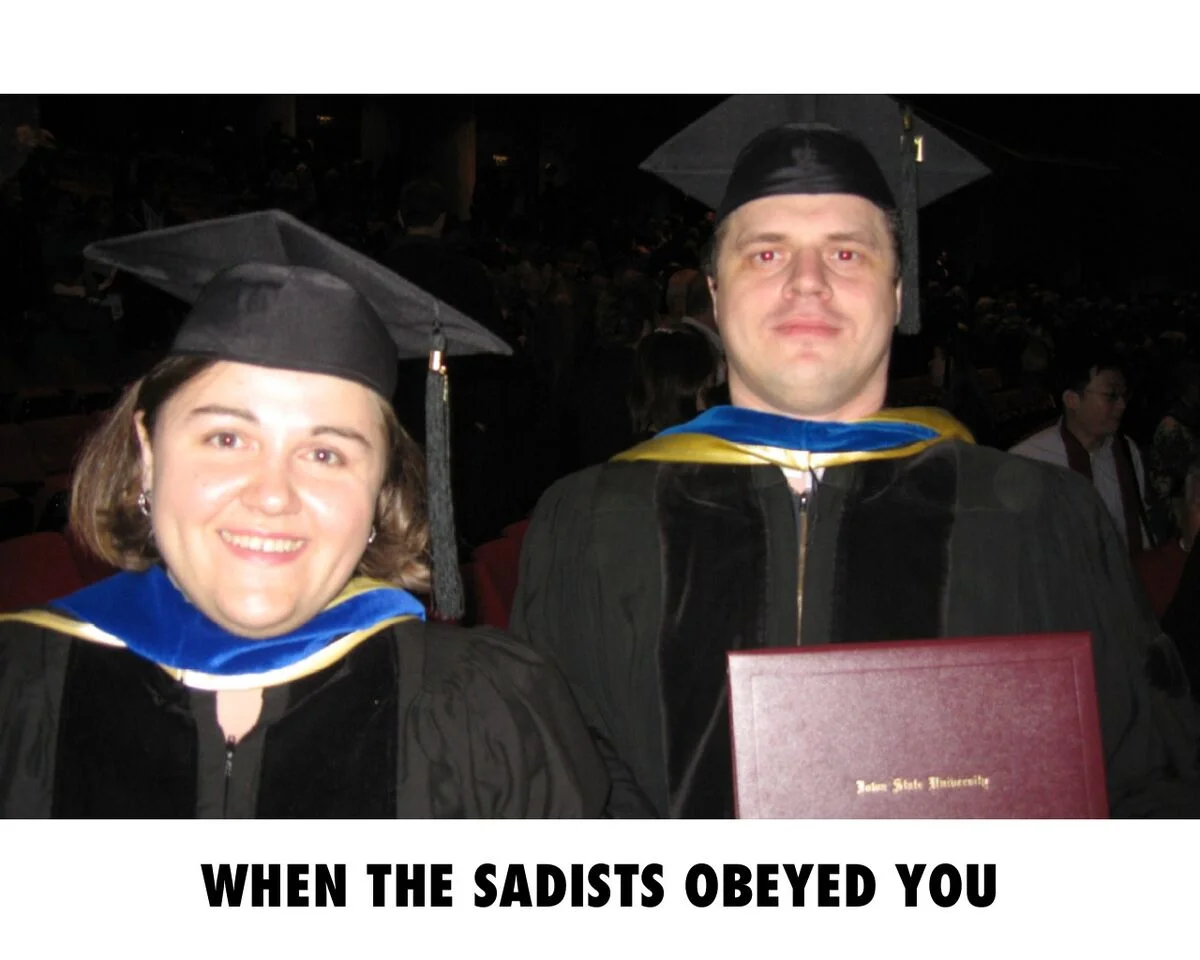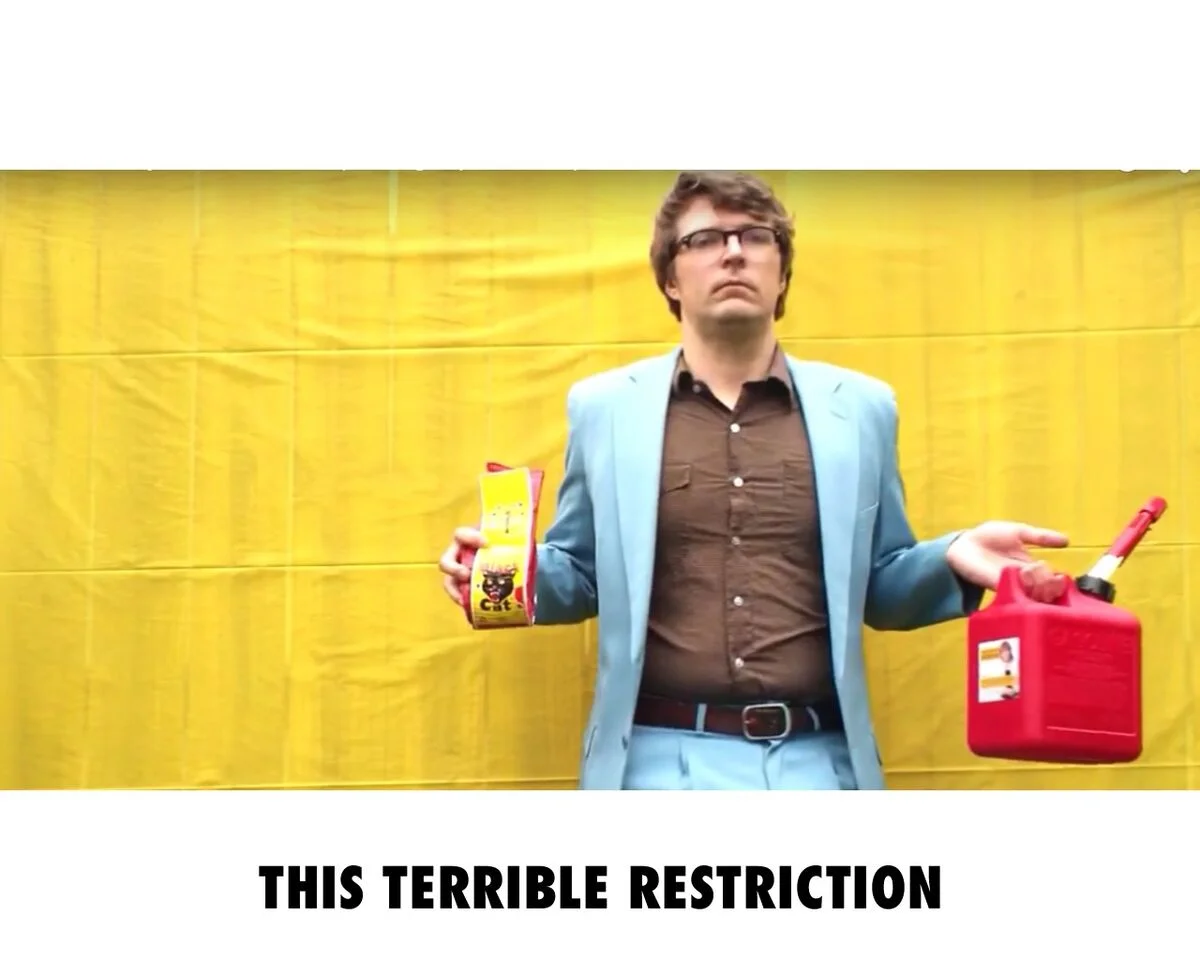Interactive Media
These pieces explore communication in both written and visual form. They talk about how language informs our existence as humans and relationships with each other. They aim to blur the lines between our personal experience which we only have access to, and how we share these experiences with each other. What are ways that we can express these individual experiences to show us something about ourselves as a group? Are we more similar than we thought, or perhaps more different than we expected?
Not Here, Not Now
Apophenia is the tendency to perceive connections between things which are unrelated. Not Here, Not Now takes advantage of this quirk in human psychology and explores how we make meaning of language and images. Each of us as individuals has our own experiences, and from these experiences we form frameworks of knowledge about how the world around us works. Some of these frameworks are shared, agreed upon, but the experiences are still individual, as are the interpretations.
Not Here, Not Know forces the participant to find meaning in arbitrary associations, by asking two participants to agree on a meaning between a random image and text pair, which is then shared with the world. Two participants are placed in front of a screen which generates these sentences with a random sentence generator program, and images were curated by the artist. No one but the two participants can see the image: they are on a monitor which requires special polarized glasses to view what is on it. The participants then must hit a button as to whether the sentences make sense with the image in some way, whether it be informative, irony, humor, sadness—any way which speaks to the participant as an individual. When they both agree, the image-text combination is displayed in a group slideshow for any viewer to see.
Not Here, Not Now talks about many themes in how we are able to communicate our individual world with others, and to what extent. The only images which are shared are filtered through the interpretation of the participants, which also speaks of media interpretation of events in the world. It explores how we make meaning through written language but also visual language, and how these work to inform each other's meanings, illuminating the limitations of either medium.
Below are some examples from participants from Not Here, Not Now when it was shown in V_2 Lab for the Unstable Media in Rotterdam, Netherlands on Dec 21-23, 2017.
Quintessence
The substrate of our social framework is not the things we share, but the thing s we withhold. When we interact, we use social niceties to present ourselves to the world in a way which is in line with what we think is expected of us: the way social norms dictate we behave. This is an oversimplified facade. We have individual psyches with their own complexities and personal experiences. It is these sides of ourselves we choose to keep secret.
Quintessence is an interactive installation which explores what happens when private feelings and social norms are blurred. It provides the viewer a literal private space—a booth—where they can explore a feeling, and then express it to the world. The viewer is encouraged to input a feeling they might not share with someone they don’t know very well. The sentence is then broken into it’s individual words and displayed randomly on the projected surface after a few minutes—to completely abstract the participant from their thoughts syntactically and chronologically, so they will feel most anonymous in sharing their feelings. Over time, the words on the projected screen get larger and darker with each time they are used. The effect is a meta-meaning, where the most shared words are largest, and the viewers can see visually what feelings are most commonly expressed. Over time, more and more words fill up the projected
surface until it appears to be a literal word cloud, visual representation of the “dark matter” of our social existence.
Quintessence, Milfabriek Leiden, Netherlands, June 3, 2017.












